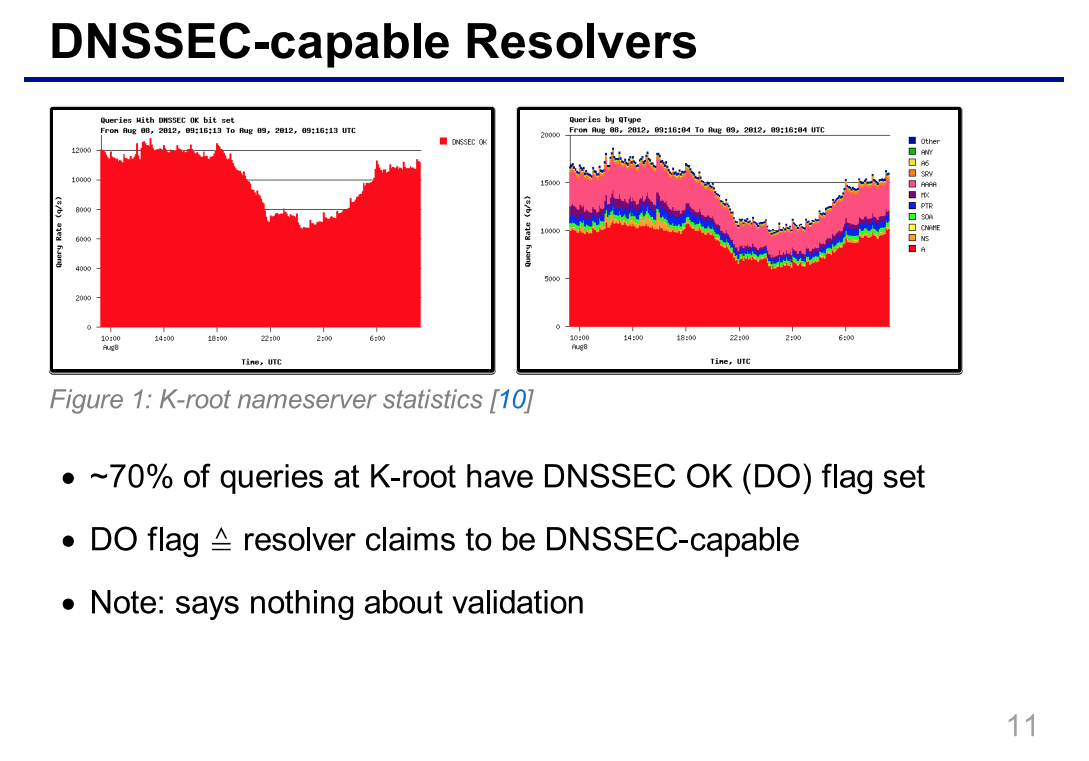This seems like an interesting venue for work on edge network distributed systems. Nice to see that we are not the only ones who think that the edge is area worth researching.
CFP: Fog Networking for 5G and IoT workshop
>>>>> In conjunction with SECON 2015 <<<<<
=========================================
22 June 2015, SEATTLE – USA
http://secon2015.ieee-secon.org/workshop-program
Important dates
Submission deadline(Hard): April 1st, 2015
Notification of acceptance: April 15th, 2015
Camera Ready: April 30th, 2015
Workshop: June 22nd, 2015
Scope:
Pushing computation, control and storage into the “cloud” has been a key trend in networking in the past decade. Over-dependence on the cloud, however, indicates that availability and fault tolerance issues in the cloud would directly impact millions of end-users. Indeed, the cloud is now “descending” to thenetwork edge and often diffused among the client devices in both mobile and wireline networks. The cloud is becoming the “fog.”
Empowered by the latest chips, radios, and sensors, each client device today is powerful in computation, in storage, in sensing and in communication. Yet client devices are still limited in battery power, global view of the network, and mobility support. Most interestingly, the collection of many clients in a crowd presents a highly distributed, under-organized, and possibly dense network. Further, wireless networksis increasingly used locally, e.g. intra-building, intra-vehicle, and personal body-area networks; and data generated locally is increasingly consumed locally.
Fog Network presents an architecture that uses one or a collaborative multitude of end-user clients or near-user edge devices to carry out storage, communication, computation, and control in a network.
It is an architecture that will support the Internet of Things, heterogeneous 5G mobile services, and home and personal area networks. Fog Networking leverages past experience in sensor networks, P2P and MANET research, and incorporates the latest advances in devices, network systems, and data science to reshape the “balance of power” in the ecosystem of computing and networking.
As the first high-quality IEEE workshop in the emergent area of Fog Networking, this workshop’s scope includes:
– Edge data analytics and stream mining
– Edge resource pooling
– Edge caching and distributed data center
– Client-side measurement and crowd-sensing
– Client-side control and configuration
– Security and privacy in Fog
– Fog applications in IoT
– Fog applications in 5G
– Fog applications in home and personal area networking
Accepted and presented papers will be published in the IEEE FOG Networking Proceedings by the IEEE Computer Society Conference Publishing Services and IEEE Xplore Digital Library.To be published in the IEEE FOG Networking Proceedings an author of an accepted paper is required to register for the workshop at the full (member or non-member) rate and the paper must be presented by an author of that paper at the conference unless the TPC Chair grants permission for a substitute presenter arranged in advance of the event and who is qualified both to present and answer questions. Non-refundable registration fees must be paid prior to uploading the final IEEE formatted, publication-ready version of the paper. For authors with multiple accepted papers, one full registration is valid for up to 3 papers.
Workshop Co-Chairs:
Mung Chiang
Arthur LeGrand Doty Professor of Electrical Engineering
Director of Keller Center for Innovation in Engineering Education
Princeton University
Sangtae Ha
Assistant Professor, Computer Science Department
University of Colorado at Boulder
Junshan Zhang
Professor, Electrical and Computer Engineering Department
Arizona State University
Workshop Technical Program Committee:
Bharath Balasubramanian (AT&T Labs)
Suman Banerjee (University of Wisconsin)
John Brassil (HP Labs)
Gary Chan (Hong Kong University of Science and Technology)
Tian Lan (George Washington University)
Athina Markopoulou (UC Irvine)
Rajesh Panta (AT&T Labs)
Chunming Qiao (University of Buffalo)
Moo-ryong Ra (AT&T Labs)
Tao Zhang (Cisco)
